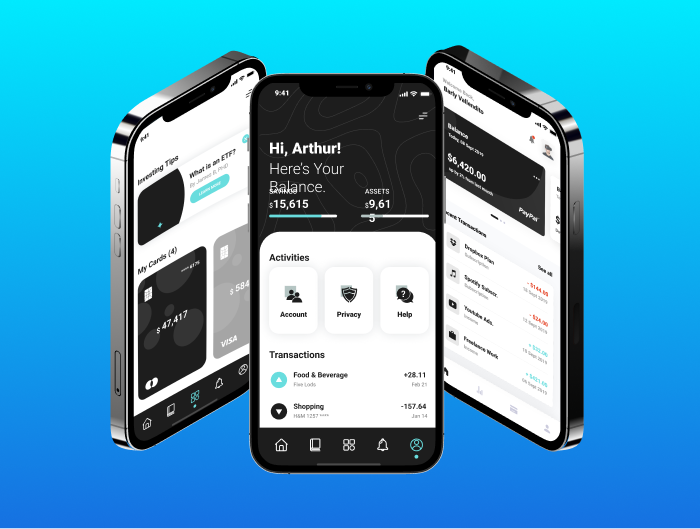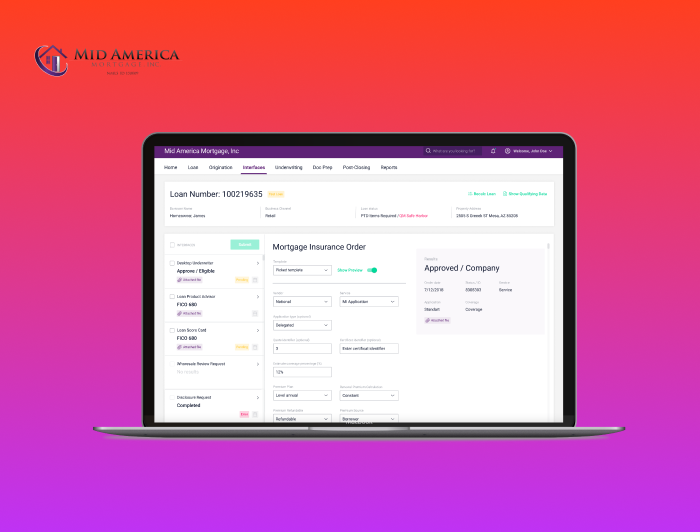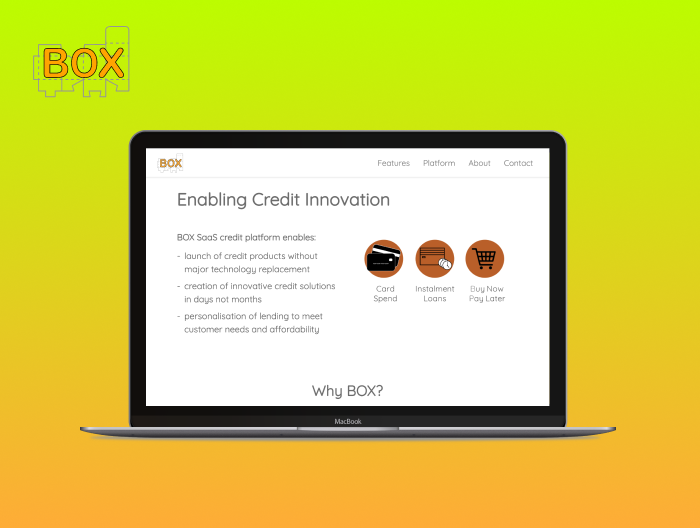
Most Popular Java Web Frameworks in 2023
Java is one of the world’s most widely used programming languages, and it continues to be a popular choice for building robust and scalable Web applications. With so many Java Web development frameworks available, choosing the right one for your project can be challenging. In this article, you’ll learn more about some of the most popular Web frameworks, their key features, and strengths. Whether you’re looking to hire a seasoned remote team of Java developers or just picking a framework, this article will help you make an informed decision. Below, you’ll find out more about which Java Web framework works best for your upcoming project.
5 Most Widespread Java frameworks for Web development
Before listing specific frameworks most suitable for Web development, let’s mention that Java continues to prove itself capable of full-scale operations with a vast array of tasks. For this purpose, it can be fruitful to review what frameworks, ranging from the Java Enterprise Edition to community-created solutions, now have the most potential for one-stop-shop Web development purposes. Below, let’s review the five most popular Java development frameworks and review their features, strengths, and existing limitations.
Spring
Spring is one of the most widely used Java Web frameworks in 2023. It is a powerful and flexible framework that provides developers with comprehensive tools for building Web applications. Spring offers various features, such as inversion of control (IoC), aspect-oriented programming (AOP), and multiple integrations with other frameworks and libraries. Spring Boot, built on top of Spring Framework, is a popular choice for building microservices-based applications. The framework is suitable for large-scale enterprise applications and offers robust community support. However, Spring requires a steep learning curve, making it more challenging for beginners.
Play
Play is a lightweight, Web-friendly framework that provides high productivity and fast development. The framework offers both Java and Scala support and is ideal for building reactive and real-time Web applications. Play Framework delivers an intuitive, developer-friendly API and offers hot reloading, testing, and security features. The framework also provides excellent performance, making it suitable for building high-performance applications. It’s also worth mentioning that Play has a smaller community than other frameworks, which may limit support and resources.
Grails
It’s a modern, high-productivity Web framework built on top of the Groovy programming language but compiled in the Java environment. Grails offers a convention-over-configuration approach, which enables developers to create Web applications with less code and configuration. The framework is designed to be highly modular and extensible, offering seamless integration with other technologies such as Spring, Hibernate, and AngularJS. Grails is suitable for building applications of all sizes, from small pet projects and prototypes to large-scale enterprise systems. The framework has an active and supportive community and offers comprehensive features like testing, security, and caching.
Struts
When it comes to Struts, it’s a robust, battle-tested Web framework that has been around since the early 2000s. The framework provides developers with standard components, such as actions, validators, and views, making creating and maintaining Web applications more accessible. Struts delivers numerous features, including support for internationalization, validation, and exception handling. Its key features are beginner-friendliness, reduced development time, and integration with REST, JSON, and AJAX integration. The framework is suitable for building both small and large-scale applications and has excellent performance. However, Struts has a steeper learning curve than some other frameworks, and its community is not as active as it used to be.
Google Web Toolkit
GWT is a framework that enables developers to build high-performance, browser-based Web applications using the Java programming language. The framework provides tools that allow developers to write client-side code in Java, which is then compiled into optimized JavaScript. GWT offers solid features like debugging, code splitting, and browser history management. The framework is suitable for building complex, dynamic Web applications and offers excellent performance. What’s more, it’s an open-source and developer-friendly solution that one can use for flawlessly optimized Web applications, which are easy to debug on your side.
How to Choose from Popular Java Frameworks for Web development?
Once you have a clear overview of each Java framework, highlight your particular preferences. Below, you’ll find the most valuable things to consider when choosing from the listed Java development frameworks. The main decision-making factors include:
- Project requirements. Determine your project specifications, such as scalability, integration with other systems, and deployment models. For example, a lightweight framework may be better if you build a microservices-based approach. On the other hand, a framework with built-in content management features like Grails may be a better fit if you’re working with a content-heavy Web application.
- Community support. Review the size and activity of the framework’s community, including the availability of third-party libraries, tutorials, and support. For example, Spring has large and active communities, while Struts has a relatively smaller one.
- Integration with other technologies. Consider the framework’s compatibility with other technologies you may be using, such as databases, messaging systems, and front-end frameworks. For example, if you’re building a Java-based Web application with AngularJS, Grails provides seamless integration.
As you can see, the final choice of a Java framework for Web development will depend on your project’s particular needs and technical requirements.
Final Remarks
In conclusion, the choice of a Java Web framework depends on a range of factors such as project requirements, learning curve, community support, integration with other technologies, performance, and security. The frameworks discussed in this article have unique strengths and weaknesses and are suitable for different projects. Yet, if you want to get complete expertise on the subject matter and benefit from cooperating with seasoned professionals, collaborating with a Java remote team is your option. At Ncube, our specialists are dedicated to scaling your development capacity and speeding up the development, using any Web framework your project requires. Ultimately, the best Java Web framework for your project will depend on your specific requirements and the skills and experience of your development team. Considering the factors discussed, you can make an informed decision and select a framework that best meets your needs.
Latest Insights
Stay informed on the latest updates and trends to follow in financial services, digital transformation and software development from NerdySoft





